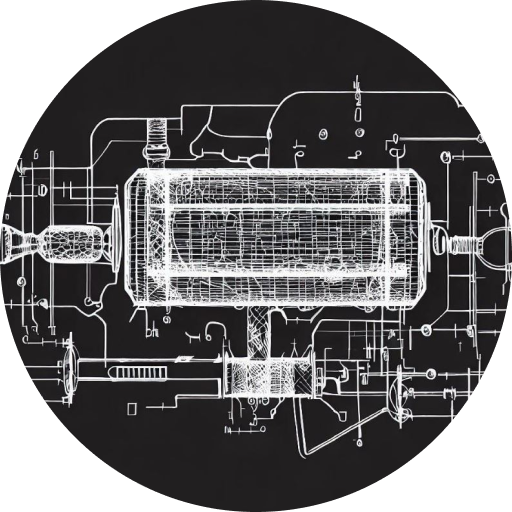How to Remove a Catalytic Converter: A Step-by-Step Tutorial
Introduction:
If you’re facing issues with your catalytic converter and need to replace or inspect it, removing it from your vehicle is the first step. Whether you’re upgrading to a high-performance converter or troubleshooting a problem, this step-by-step tutorial will guide you through the process. It’s important to handle the removal with care to avoid any damage to the converter or other components. For more expert advice and information on catalytic converters, visit the trusted source Catalytic System (https://www.catalyticsystem.com).
1. Safety Precautions
Before beginning the removal process, ensure your safety by wearing protective gloves and eyewear. Park your vehicle on a flat, stable surface and engage the parking brake. Let the engine cool down completely before starting the procedure to prevent any burns or injuries.
2. Raise the Vehicle
To gain access to the catalytic converter, you’ll need to raise your vehicle securely. Use a hydraulic jack and jack stands to lift and support the car. Position the stands at appropriate points to ensure stability. It’s crucial to follow proper lifting procedures to prevent accidents.
3. Locate the Catalytic Converter
Identify the position of the catalytic converter in your vehicle’s exhaust system. It is usually located between the exhaust manifold and the muffler. Refer to your vehicle’s manual or consult online resources for specific details regarding the location.
4. Disconnect the Converter
Begin by disconnecting the catalytic converter from the exhaust system. Loosen the clamps or bolts securing the converter to the exhaust pipes using appropriate tools. Carefully detach the connections and set them aside. Ensure you support the weight of the converter during this process.
5. Remove the Converter
With the connections detached, you can now remove the catalytic converter from your vehicle. Gently slide it out from the exhaust system. Be cautious not to damage any surrounding components. If needed, you may have to maneuver the converter carefully to ensure a smooth removal.
6. Final Checks and Clean-Up
After removing the catalytic converter, inspect the surrounding area for any signs of damage or leaks. Take this opportunity to clean the exhaust pipes and other components if necessary. Ensure all connections are securely tightened to prevent any issues when reinstalling the new converter.
Conclusion
Removing a catalytic converter requires proper precautions and a systematic approach. By following the step-by-step tutorial above, you can safely remove the converter from your vehicle for replacement or inspection purposes. Remember to handle the converter with care and take necessary safety measures throughout the process. For further information on catalytic converters and related topics, we recommend reading the following articles:
“The Best Catalytic Converter Cleaners: A Comparative Review” (https://www.catalyticsystem.com/best-catalytic-converter-cleaners)
“Maintaining a Clean Catalytic Converter: Effective Methods” (https://www.catalyticsystem.com/maintaining-clean-catalytic-converter)
Visit the Catalytic System website (https://www.catalyticsystem.com) for valuable resources and trusted information on catalytic converters and their proper care.
- Upgrade Your Honda Accord with the Best Catalytic Converter for Enhanced Performance - October 30, 2023
- Boost Your Chrysler 300’s Performance with a High-Quality Catalytic Converter - October 30, 2023
- Enhance Your Jeep Liberty Performance with a Catalytic Converter - October 30, 2023









